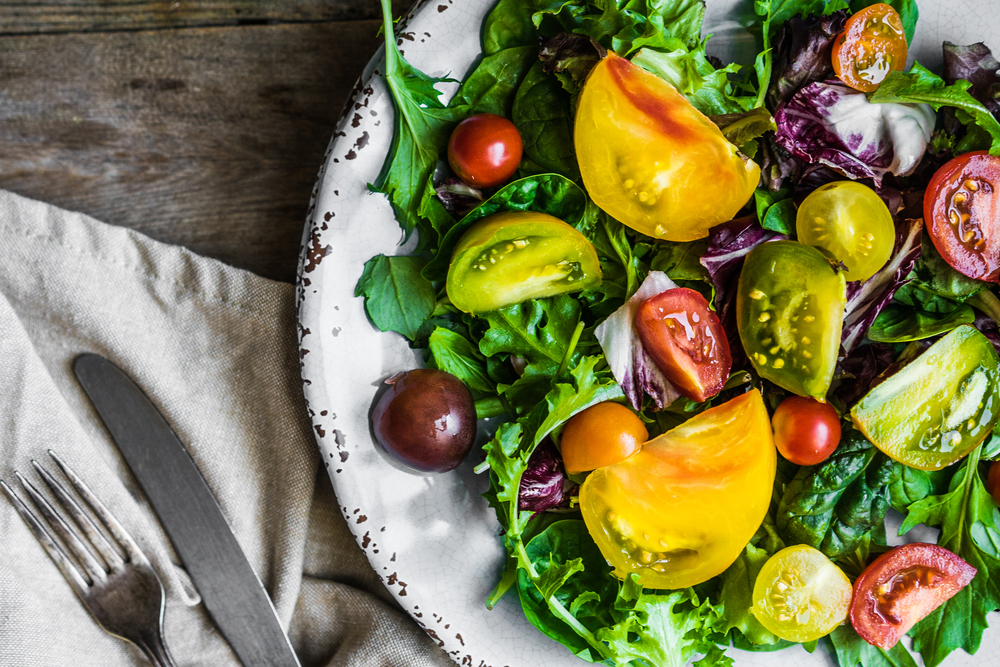
Tomato season is in full swing, with no scarcity of local yield from local area farms. As you browse for nutritious victuals at your grocer’s produce section, you may have run across a tiny section of strangely colored and weirdly shaped fruits marked as heirloom tomatoes.
At first glance, one may think, “Whoa, what is that?” They look more like a centerpiece for your dining table than an edible. If you’ve never eaten an heirloom tomato, you probably have a lot of questions just upon first glance. Perhaps they just look...well, strange! Open minded individuals are likely to wonder how it tastes versus its picture perfect looking neighbor that looks almost identical to the rest of its clan in the bin.
But they say that beauty is in the eye of the beholder and that you shouldn’t judge a book by its cover. The average shopper is conditioned to select only the most polished, blemish-free and perfectly shaped produce, thinking that anything different is defective. However, the simple life philosophies that we apply to interaction with humans can also be applied to our produce.
What does it mean when a tomato is “heirloom”? To answer this, we need to rely on tomato education. What you typically buy in the grocery store is a hybrid, meaning the plant has been crossbred to possess the most desirable characteristics – at least appearance-wise. This is usually done by mass production farms that need to meet crop quotas and maximize profits. Therefore, they select hybrid seeds to grow plants bred to have pest and disease resistance and a thick skin that stands up to the action of mechanized harvesters.
Heirloom tomatoes are grown by much more natural means and come in a splendid variety of colors; tomatoes are NOT just red! True tomatoes are like confections from Willy Wonka with brilliant yellow, purple, green and color mixtures. They get the name heirloom because you can save the seeds from a piece of fruit you buy and, with the right TLC, you can plant the seeds and get a terrific yield next spring. Year and after year, you can save the seeds from mature crops and expect the same, delicious fruits for as long as you want to plant them. What you have, is a gorgeous, tasty tomato legacy on your dinner table. In the world of gardening, true heirloom tomatoes come from seeds used for generations by the same farm or are at least 50 years old.
Heirlooms are also naturally pollinated and are fully flavored. Smart farmers know that the presence of bees, butterflies and wind is a good thing for a garden, and this is how heirloom plants are commonly pollinated. The main reason you want tomatoes for your salads or homemade spaghetti sauce recipes is for the full sweet, tart and tangy flavor with that wonderful zip, and most hybrids have the flavor bred out of them.
But they are not to be confused with organic! Heirloom tomatoes can still be treated with pesticides, and some farmers may well do so since the seeds are not cross bred like hybrids to have pest and disease resistance.
Just as family heirlooms are considered a priceless treasure, you could think of heirloom tomatoes as part of a legacy the family farmer shares with you. If you haven’t tried an heirloom tomato, pick up just one from your grocer or local farmer’s market and give it a taste. More than likely, you will seek these out for their robust, real tomato flavor over “conventional” tomatoes from now on!

